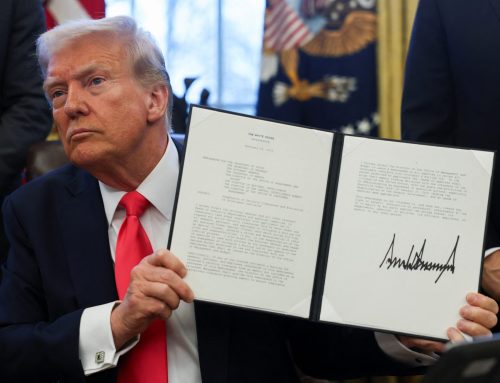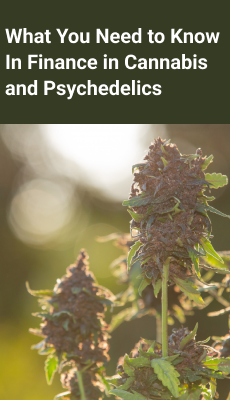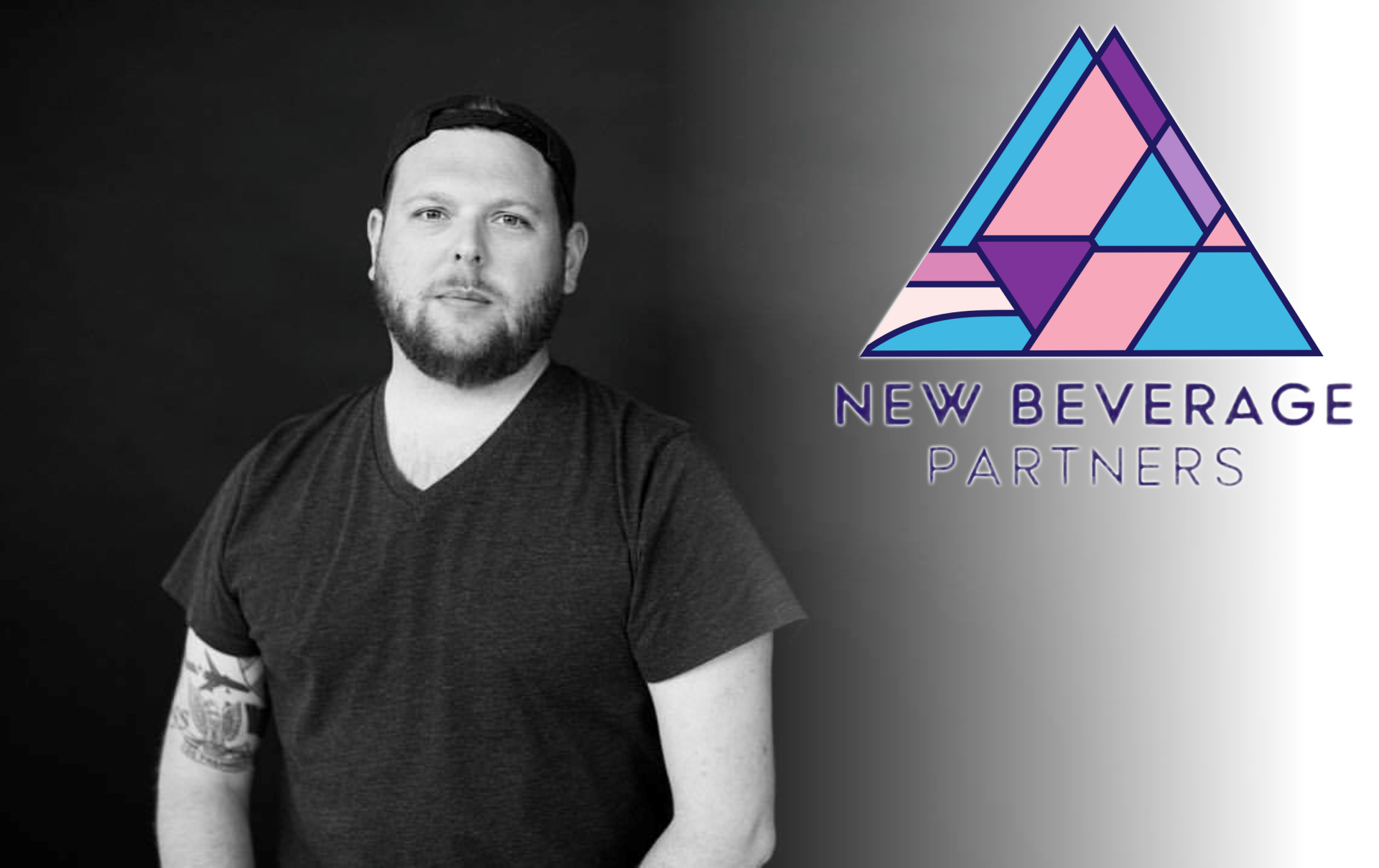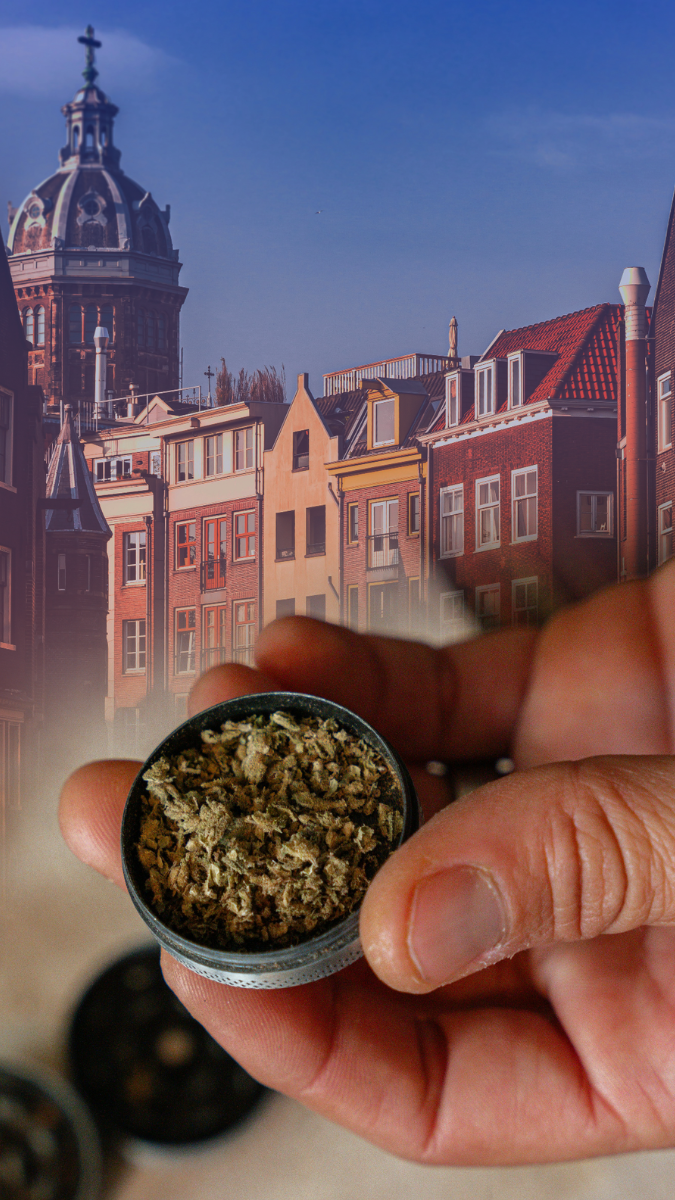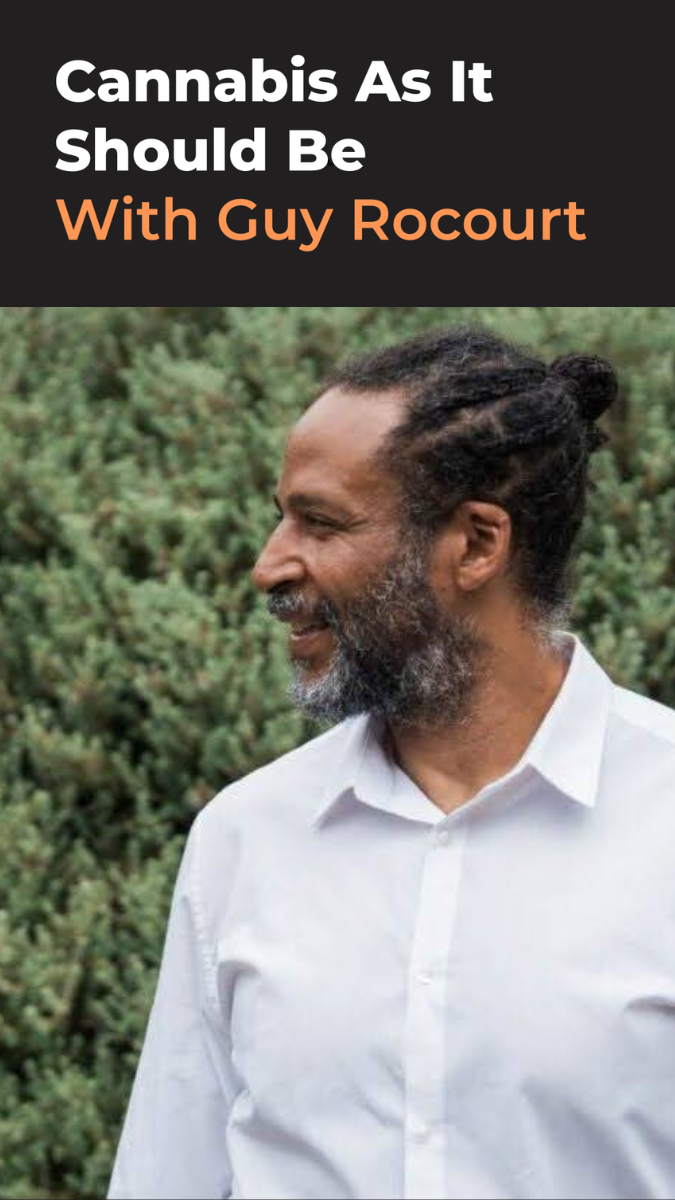Ireland Could Make Great Cannabis Policy: Examining the Past to Look Forward
LOS ANGELES – Access to safe and controlled cannabis for the Irish people is being decided upon in 2025. Watching a country make cannabis history is fascinating; Ireland and Europe at large are grappling with choosing the right direction. Politics aside, there is an incredible amount of precedence in other countries to heed when crafting policies that benefit the populace.
A 2025 Ireland Cannabis Overview
As of January 2023, the Minister of Health has commissioned a new review of the initial access regulations for cannabis, which should be out in Q1 2025. Last year, the Citizens Assembly created a 100-person board for the Assembly on Drugs to hear expert evidence, which basically concluded decriminalization and access to legal cannabis was beneficial to Ireland. But, “What direction will it go next?” is the big question.

Established International Cannabis Markets to Learn From
The United States cannabis market presents an incredible amount of data to draw from, as does the Canadian industry to a smaller extent.
The $32 Billion US Cannabis Market’s Recent Movements
At the start of 2024, the United States Health and Human Services Department (HHS) released a 252-page report detailing that cannabis is safer than current alternatives and went on to highlight that cannabis is useful for “at least” 15 indications, including neuropathic pain. These conclusions were based on a study of 6 million patients, 30,000 prescribing physicians and a large amount of data on adult usage markets (which comprise roughly two-thirds of the overall $32 billion market).
The report went on to recommend that cannabis be listed as a Schedule III drug, acknowledging the benefits of cannabis as well as safety as a medicine. Currently, the Drug Enforcement Agency has signaled a willingness to accept this position after the U.S. election. There are also clear economic benefits to combating an illicit market with safer regulated products that contribute to employment and taxable bases.
What is Contributing to the US Cannabis Industry’s Biggest Struggles?
 Due to federal legality and state-to-state rulings, large mainstream distribution networks like pharmacies are excluded from distributing cannabis state- or nationwide, and specialized cannabis “dispensaries” were created. Not only is this a long and expensive process to provide access to patients and adult-use consumers in each state market, but it also creates unfair pricing in the early stages with high-priced products that cannot compete with the illicit market. Additionally, waiting for a dispensary to come to outlier and smaller cities took time, further cementing the illicit markets’ vast sales networks and door-to-door service.
Due to federal legality and state-to-state rulings, large mainstream distribution networks like pharmacies are excluded from distributing cannabis state- or nationwide, and specialized cannabis “dispensaries” were created. Not only is this a long and expensive process to provide access to patients and adult-use consumers in each state market, but it also creates unfair pricing in the early stages with high-priced products that cannot compete with the illicit market. Additionally, waiting for a dispensary to come to outlier and smaller cities took time, further cementing the illicit markets’ vast sales networks and door-to-door service.
Consumers will choose legal procurement options if service and product choices are better than those in illegal markets. However, in the early stages, with limited access, illicit market operators were able to adopt and strengthen their positions as cannabis became deregulated and not differentiable between legal and gray-market products. A case can be made that massive pharmacy networks are better for budding cannabis marketplaces in the early stages, with specialized stores coming out later. The reason is that decriminalizing without opening up access through widespread distribution does not help build a robust support structure to combat illicit markets.
The state-by-state U.S. dispensary model is another issue that continues to cause poor economies of scale for businesses, and the result is consumer prices and businesses suffering in some markets. As an example, California has such a robust illicit market with great selection, prices and distribution that the legal market with an equally great selection and slightly worse pricing and distribution has founded that competing with illicit operators has almost crippled the legal market business and even caused California to suspend their taxes on cannabis products to bolster the ailing industry.
Limited license states like Missouri see abnormally high pricing for their legal-market consumers. Although this gives healthy margins to businesses, the consumers have reasonable illicit market choices that hamper their legal adoption. What if California could sell to Missouri? Wouldn’t both Missouri consumers and California growers win? Yes, and the European Union has this benefit, plus the benefit of protecting the consumer with high-quality and well-priced global pharmaceutical cannabis that can compete from country to country due to economy of scale and lower-priced imports rather than forcing local markets to compete with the illicit markets (Not to mention the extreme energy needs to grow in northern latitude countries). Additionally, the taxable base will increase rather than being forced to subsidize failed models.
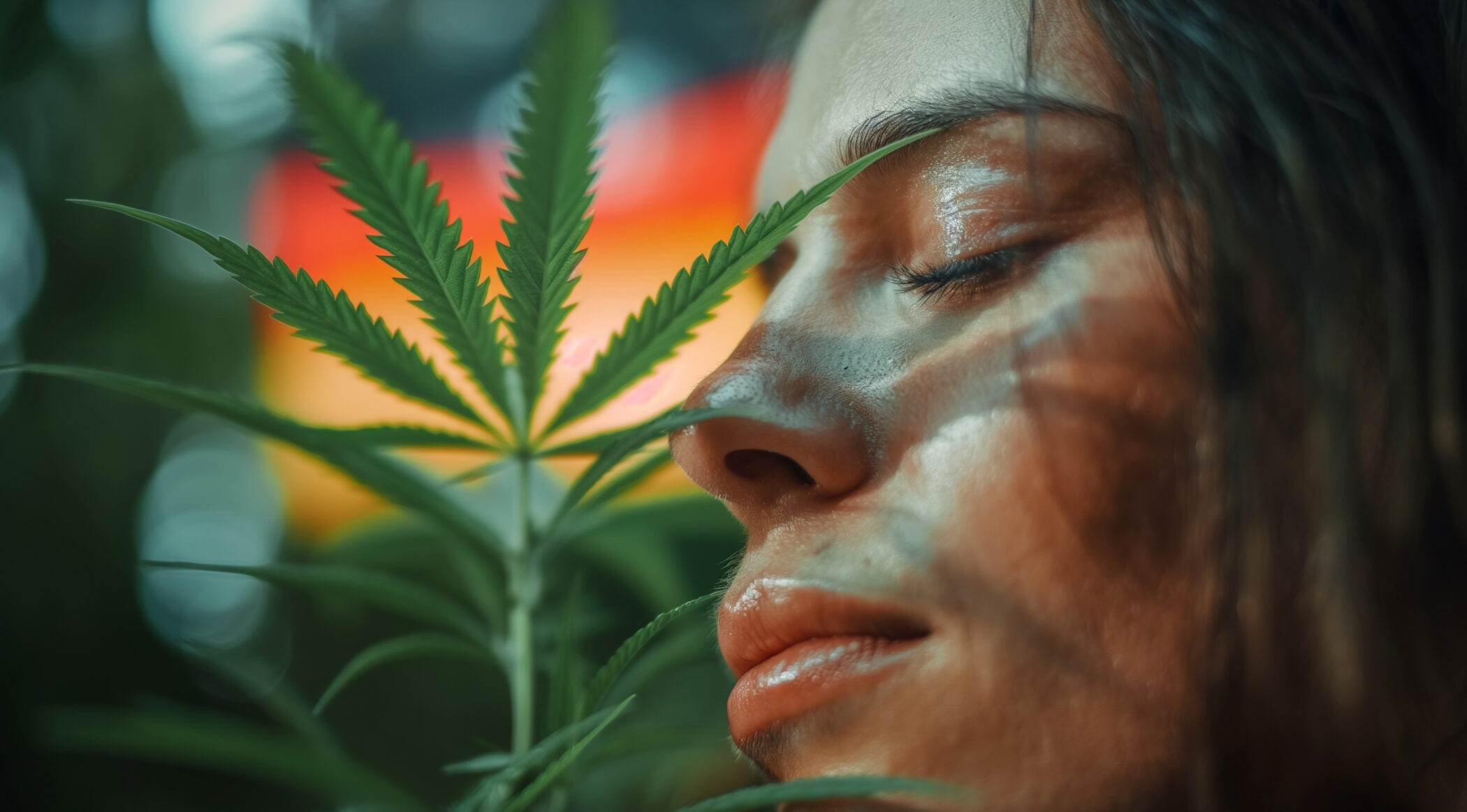
Lessons from European Cannabis Social Club Models
The European cannabis market has embarked on a social club experiment that is questionable regarding the intended results and is fraught with pitfalls.
Spain
Spain now has more cannabis social clubs than McDonald’s, with roughly 1,600 legal clubs and many more illicit clubs. Although beneficial for access, the products are unregulated, and most social clubs do not make money, causing many to pursue dubious methods to survive.
Spain is now on the verge of opening medical access. However, illicit products have found their way into every aspect of Spanish cannabis culture, causing an ingrained and long-term issue of pervasive illicit products gaining a strong and sustainable future, all while regulators grapple with converting the legacy system to a legal system.
The Netherlands
The Netherlands has experienced this issue for decades. Only the city of Amsterdam has authorized cannabis sales, meaning all coffee shops’ products come from the nationally illicit market. Only recently have legal licenses started to produce, but choice, quality and price have made it difficult for serious traction to occur in order to fully compete with global selection and cost, not to mention illicit markets’ lower pricing and choices.
Germany
Germany is now embarking on a similar experiment. Although it is too early to judge, decriminalization means the struggle to differentiate legal from illicit products has become increasingly difficult in the social club setting.
The German regulatory changes come with other challenges. For example, while the selection of medical cannabis products is extensive, with just about 700 SKUs of choices, the prices are comparatively high due to compounding steps, which see patient prices significantly inflated. Social clubs will have a much lower cost, but a question of quality exists.
Recently, a team of researchers associated with Sanity Group completed a study sampling 300 samples of illicit cannabis from 30 German cities and found that 80% of the samples had unwanted and prohibited substances. Seventy-one percent contained dangerous or banned pesticides, 74% contained viruses and bacteria, and 65% had human feces. They went on to find other pollutants like cocaine, hairspray ingredients, crystal meth, MDNA and other dangerous additives.
Why Cannabis Social Clubs Aren’t Up to International Market Standards?
Imagine what happens in social clubs with different standards of cleanliness from those of EU-GMP pharmaceutical producers. Perhaps an employee in such a business doesn’t wash their hands well or wear the proper PPM when handling plants or products after going to the bathroom. Maybe the company uses non-pharmaceutical-grade air handling units and protocols, allowing in pathogens and viruses that can either be airborne or endemic in the plant. There are few examples of why a social club that grows its product makes sense.
Transitioning this system to compliance standardization would require massive governmental infrastructure to ensure quality standards for hundreds and thousands of social clubs growing for a limited number of people in a not-profitable environment.
Just as humans have moved mainly toward raising livestock and fermenting alcohol using safety standards and then consuming those products in a socially acceptable setting like a restaurant, shouldn’t cannabis similarly progress? Wouldn’t that be a better social model than going backward from pharmaceutical-grade quality to garage-grown quality standards?

Ireland’s Path Forward: Balance Access, Quality, and Safety
Ireland has many important decisions to make about the future. Many people in Ireland, the EU, and the world understand that cannabis decriminalization is the path. Irish regulators must keep in mind:
- Common sense tells us that illicit unregulated markets with no quality standards are not beneficial and more dangerous than proper regulations.
- Experiments like social clubs growing cannabis blur the lines of quality and regulatory standards.
- Competition amongst global producers creates better value for consumers. Large distribution networks with later-stage specialty stores will greatly increase distribution beyond creating specialized infrastructures to combat illicit market edge.
Moreover, Irish regulators have an opportunity to create specialized clinics to teach patients how to take cannabis medications safely. Large market segments, such as older adults and those receiving palliative care, need medical educational assistance. Education should trump market experiments like social clubs, and the key to crafting comprehensive cannabis policy is centering safe, quality consumer access. By doing so, Ireland can potentially become a model for other nations, demonstrating how thoughtful policy can balance regulatory rigor with citizen needs.
Author: Michael Sassano is an executive in the pharmaceutical cannabis space today. He was an early investor in the cannabis industry in the United States; today, he’s an international authority on developing large-scale cannabis facilities and advanced pharmaceutical cannabinoid products.




















